An Austin Anthology: Volumes I, II, III
by James Stringer
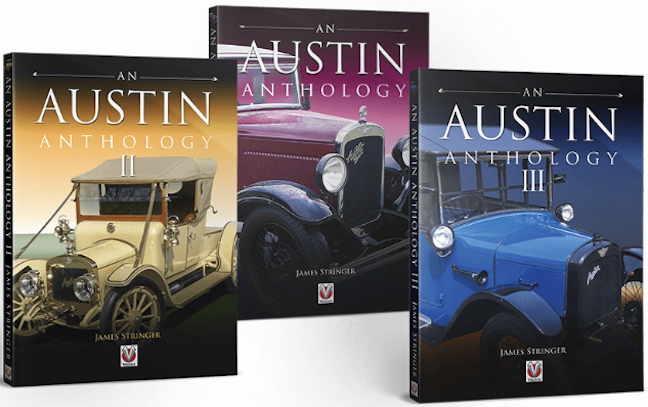
When newly born in 1943, author James Stringer couldn’t have been cognizant that his future was being foretold by the vehicle in which he was transported home from the hospital. Nor could he have known that once he attained driving age, the first vehicle he would purchase would be of that same make. Nor could he have been aware that he would still own and enjoy that first-ever purchased motorcar upon his 2023 passing. You’ve likely already sussed that first car purchased was an Austin, specifically a 1929 16/6 fabric-bodied saloon.
Having acquired his 16/6, Stringer joined the Vintage Austin Register which, according to its website while welcoming all Austin owners and enthusiasts, does tend to focus on those “manufactured from 1905–1939 but principally for the Austin 12, 16 and 20 HP cars.” Some eighteen years later Stringer became the editor of the Register’s quarterly magazine. Not one to sit back and hope members would submit articles and stories, he dove into researching and learning more of the lore of the marque and those who made and owned them. Between these three Austin Anthology volumes readers can enjoy 63 wide-ranging and quite different stories—a truly eclectic mixture of engaging, very readable pieces.
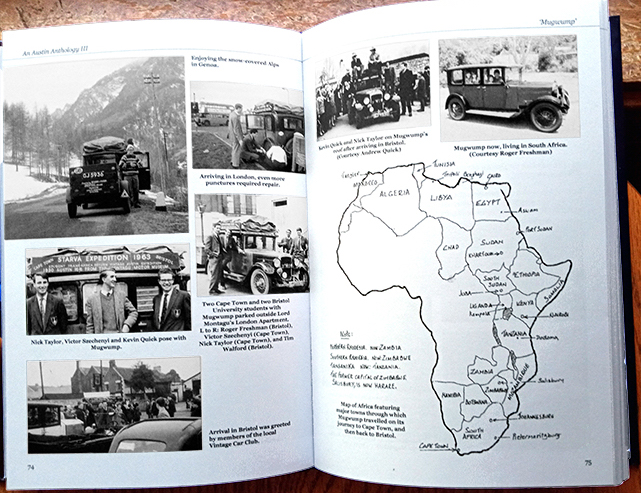
Telling of Mugwump’s grand 23,830 mile (38,350.6 km) adventure fills more pages than any other chapter. Remarkable too, Mugwump survives to this day. A recent photo is in the uppermost right corner of this page pair. It clearly shows Mugwump is still being driven and thoroughly enjoyed.
Your commentator was struck by the adventurousness of owners back in the day. Many undertook truly long drives. Stringer writes “John Coleman drove his little Austin Seven from Buenos Aires . . . right up to New York.. . . Miss Gladys De Havilland drove her Seven across the world to New Zealand. ‘Mugwump,’ the 1930 Austin 16/6 Burnham Saloon [see above], driven by students from Bristol University, all the way to Johannesburg in the early 1960s, and back.. . . In the 1950s, any number of pensioned-off Austin 12/4 Taxicabs . . . were driven to all manner of unlikely destinations across the world.” And there’s yet another story about a couple who circumnavigated Australia in 1926 in an Austin 12/4.
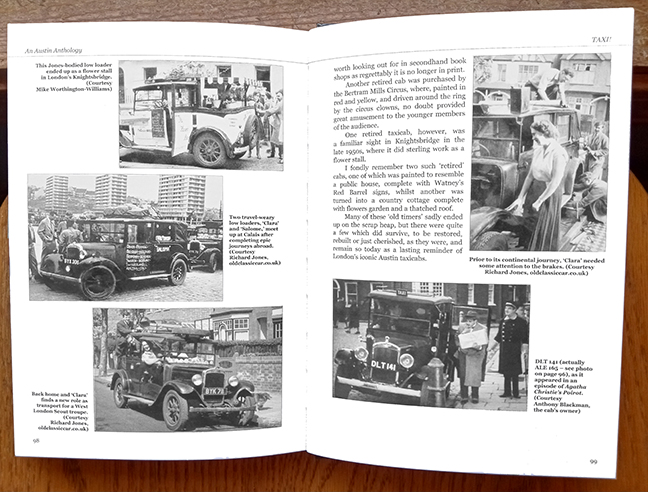
Several of those 1930’s era Austins, primarily 12/4s after being retired from their London taxicab service are shown on their respective exploring-the-globe trips.
There are plenty of Austin Seven stories too as is only right considering some 300,000 were produced 1922–39. Much as Henry Ford had developed and sold his affordable Model T, so too had Herbert Austin conceived and constructed Sevens to be simple, tough, reliable, and affordable. As a happy result, Sevens became the company’s financial savior. Today several thousand Sevens are still giving good and pleasurable service to their owners.
Returning to the author’s Sixteen fabric bodied saloon, he relates a story about it in a most amusing manner in a chapter titled “A funny thing happened on the way to the cemetery” the concluding page of which is on left hand page of page pair below. The couple shown in the image at the bottom are seated in the back of Stringer’s 16/6. Both are actors as he oft times was requested to rent his car—with him driving—to film makers. The sketch shows the one incident where his 16/6 misbehaved when it should have been rolling under its own power as part of a funeral cortege. The film company needed to finish as this was the final scene left to be shot. As the 16/6 was the second car behind a 1934 Rolls-Royce hearse and a late 1920’s Rolls-Royce saloon. Stringer writes “The Austin was helped into the shot by several members of the film crew pushing it along behind the Rolls-Royce. The resulting scene . . . looked perfectly normal with no sign of anyone pushing the car into the shot” while the sketch shows what the camera couldn’t see.
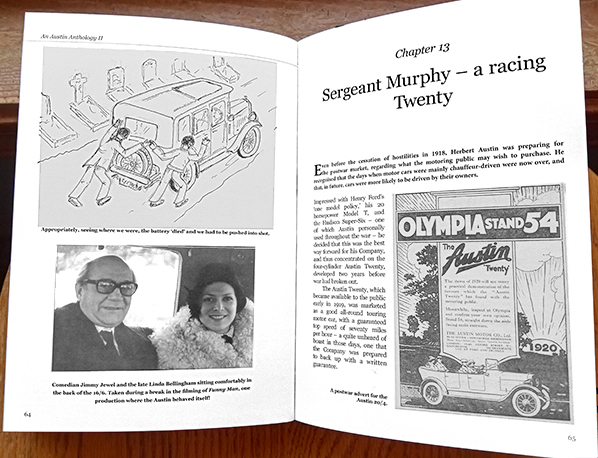
These books contain a wonderful attention-holding diversity of stories. Another of particular interest told of Austin engineers being charged with making a racing boat competitive. As created by the boatyard commissioned to build it, it had been fitted with two V-12 engines supposed to make 350hp. They didn’t. The boat’s owner turned to Austin engineers. By the time those engineers finished, it was nearly a 100% redesign but Maple Leaf IV, a stepped hydroplane, now achieved 400 hp “attaining a speed of 57.45 knots (66.1 mph) and was the first boat to reach 50 knots since the [Harmsworth Trophy] race . . . began in 1903.” If Austin history, lore and stories intrigue you, you’ll not be disappointed by Austin Anthology, Volumes I, II, and II.
Purchased individually these three volumes cost a total of $80US or $105.98CAN or £50.97. However, purchasing all three volumes simultaneously from publisher Veloce directly on their website and specifying SKU VAAAC3 comes with reduced pricing of $51US, $68.33CAN, or £40 for the set. And because Veloce has distributors in other lands, shipping charges will be at local rates.
Copyright 2024 Helen V Hutchings, SAH (speedreaders.info)


 RSS Feed - Comments
RSS Feed - Comments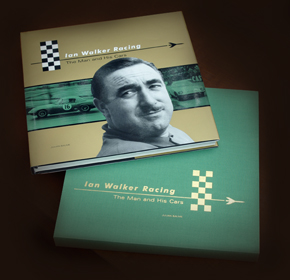
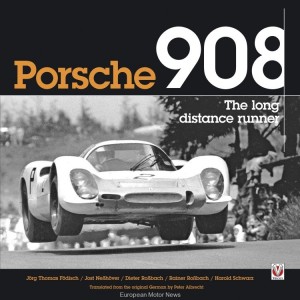
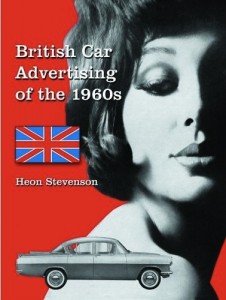
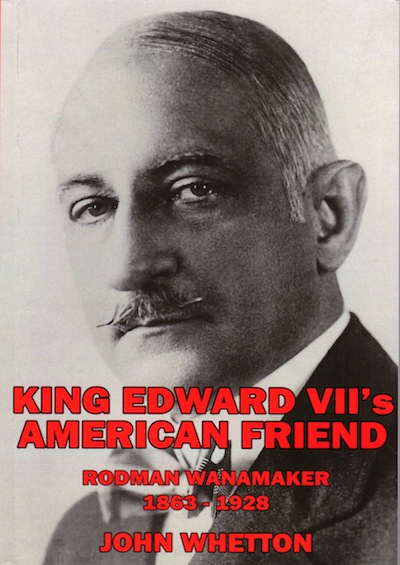
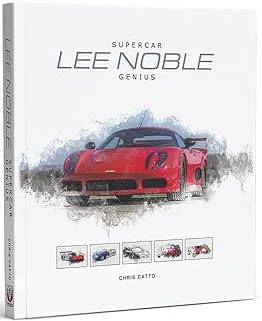
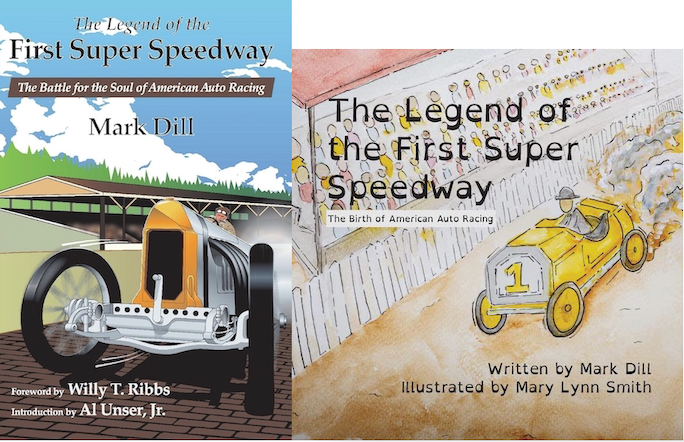

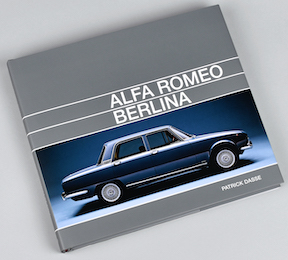


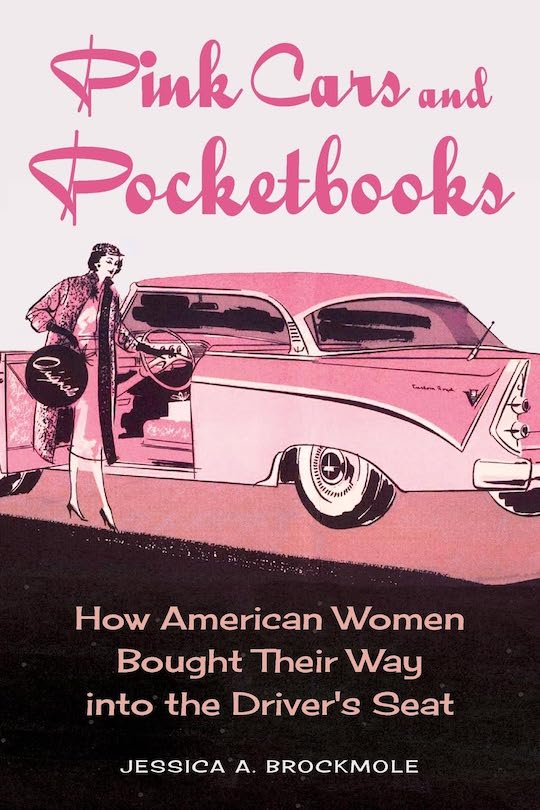
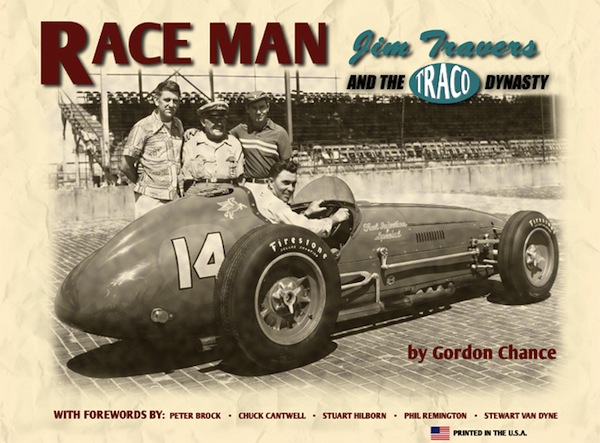
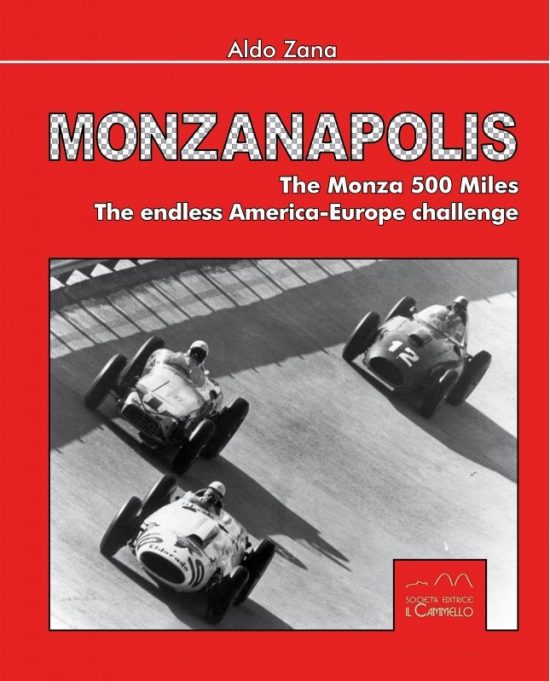

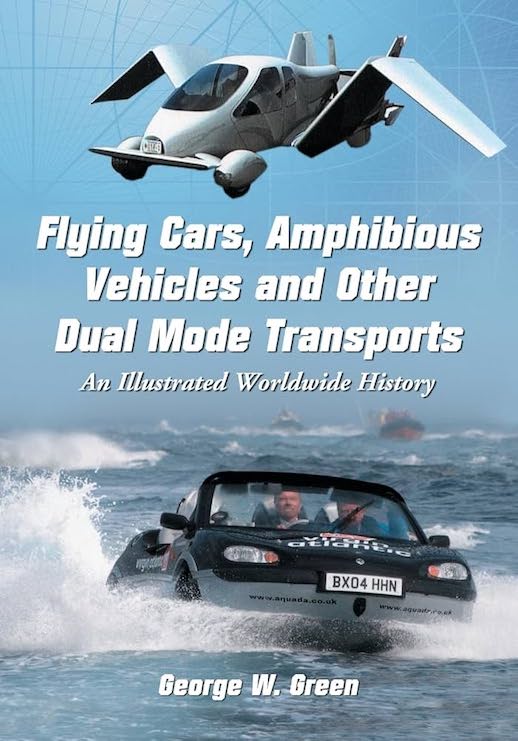

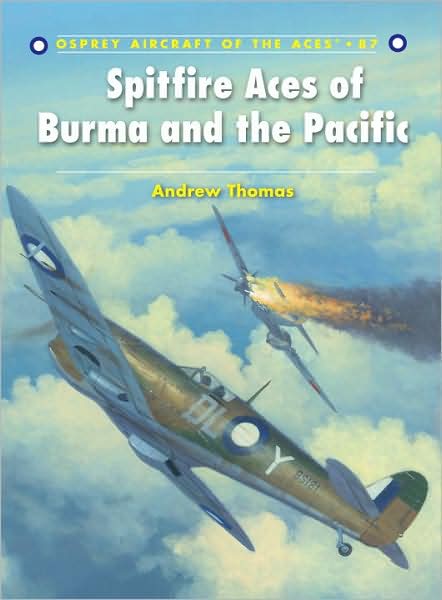

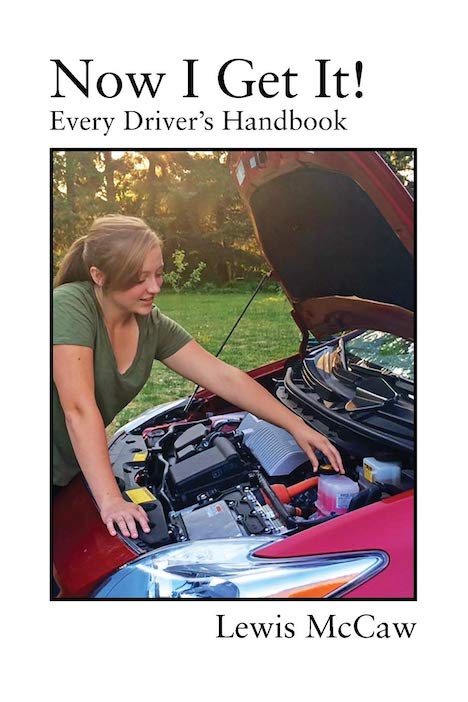

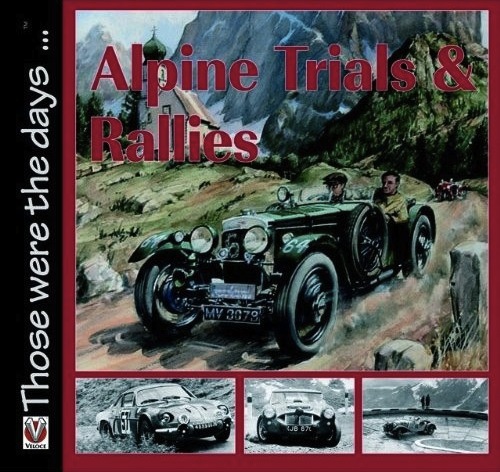

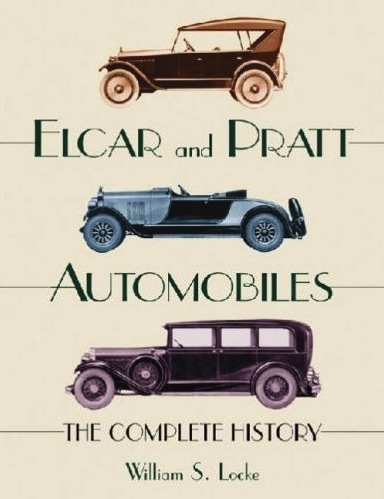
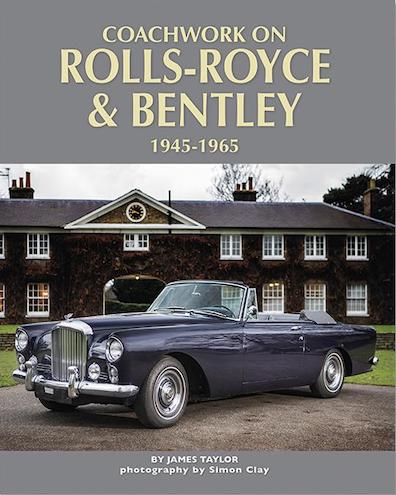
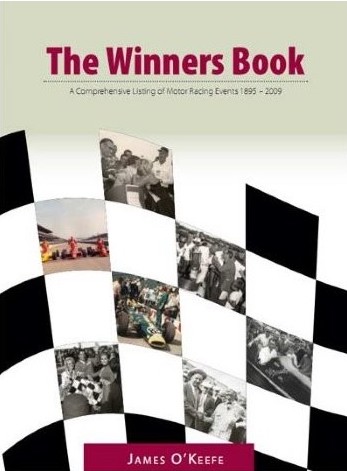
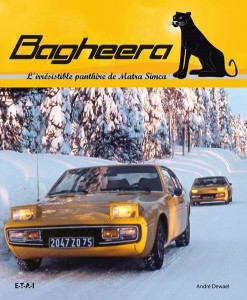
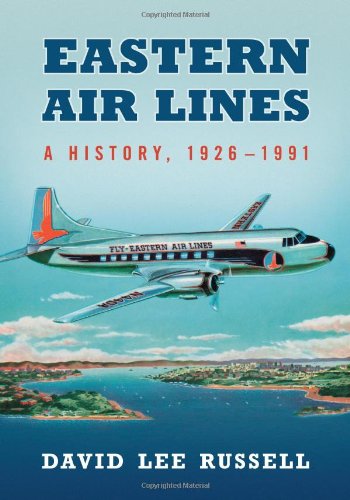
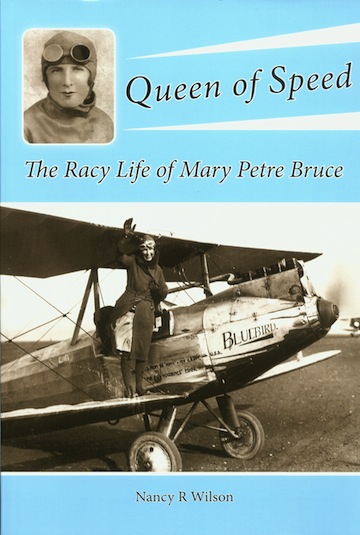
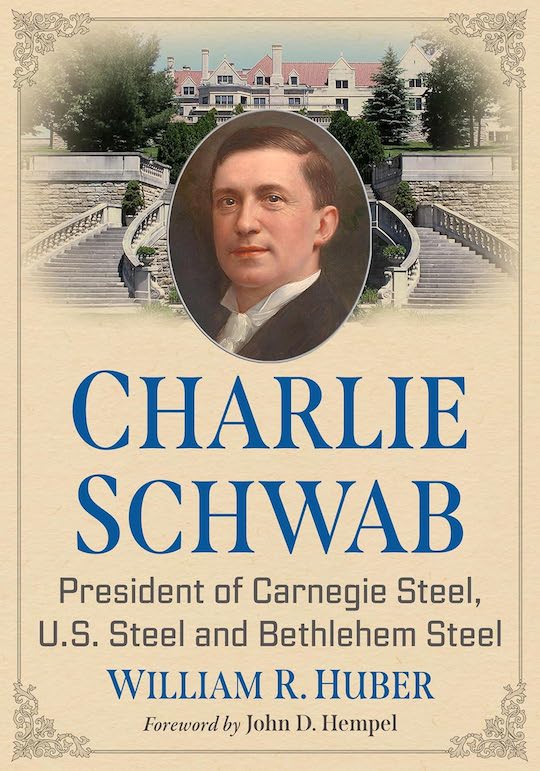
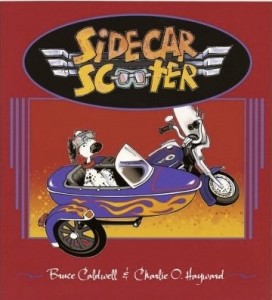
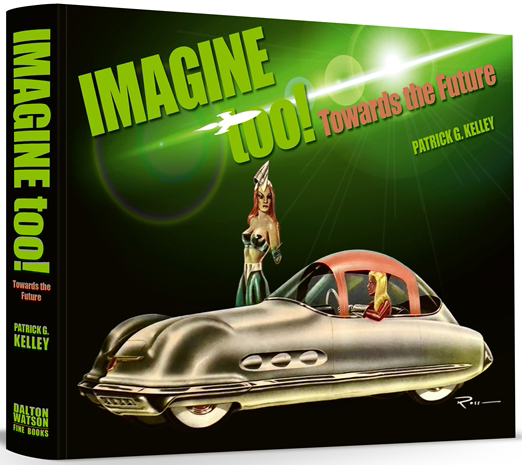
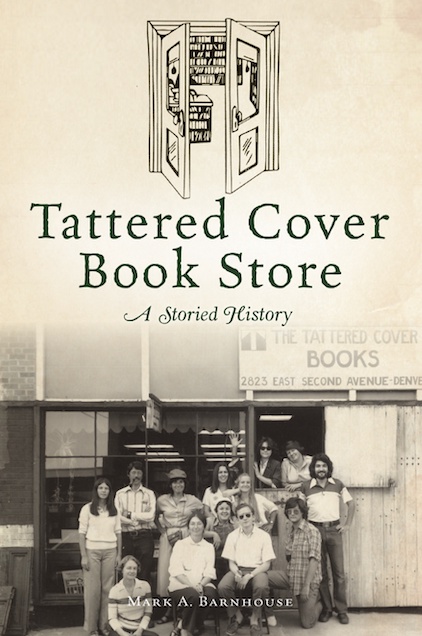
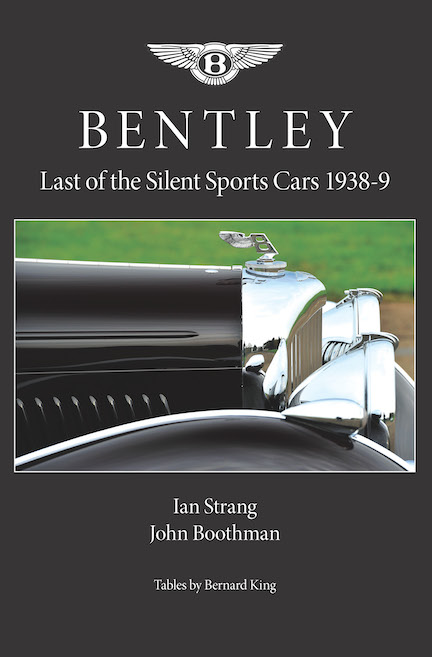
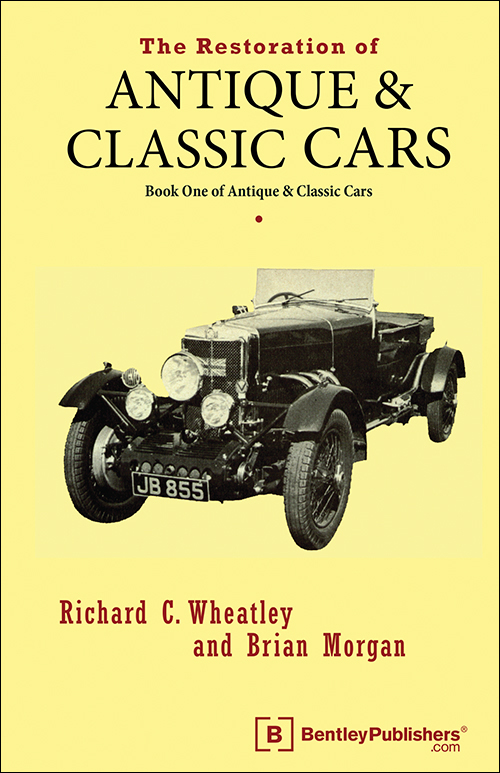

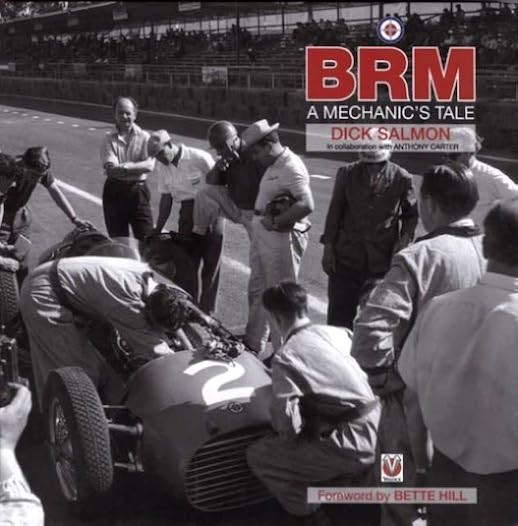
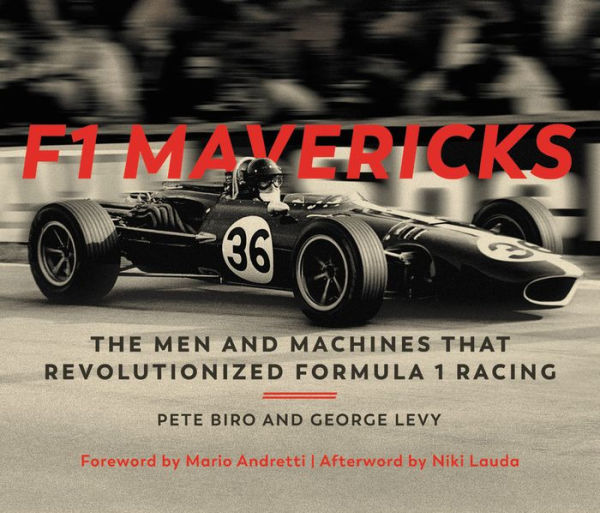

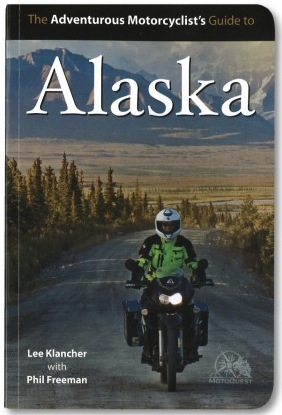
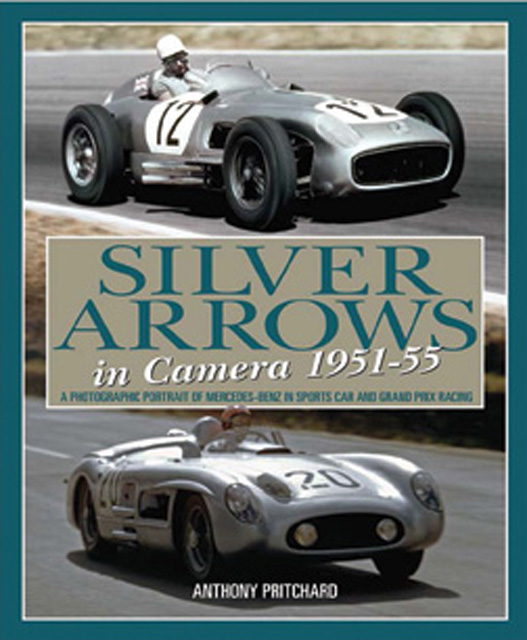

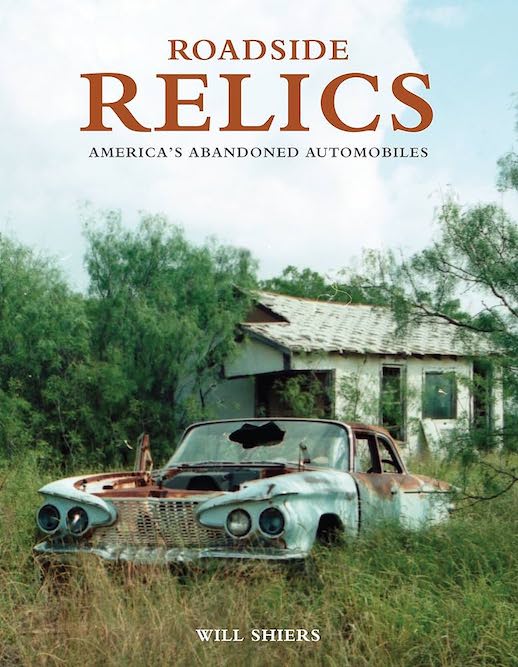
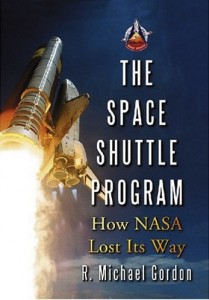
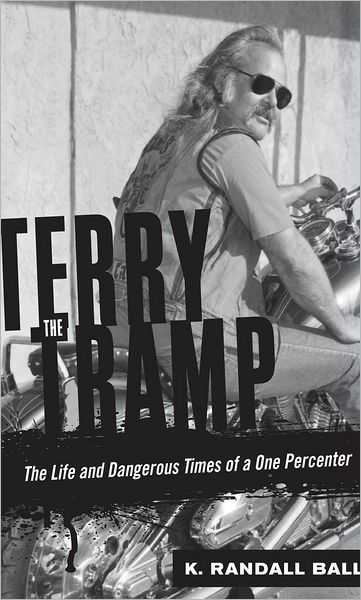
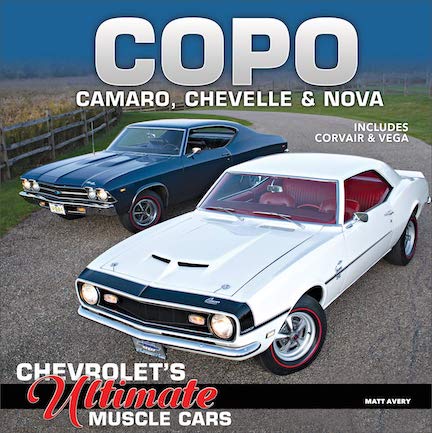



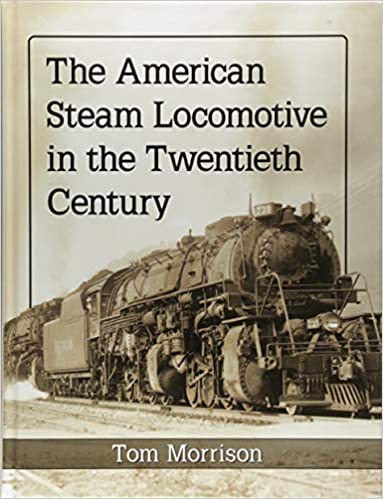

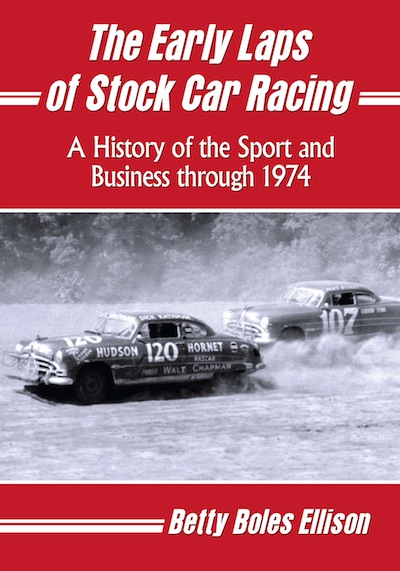

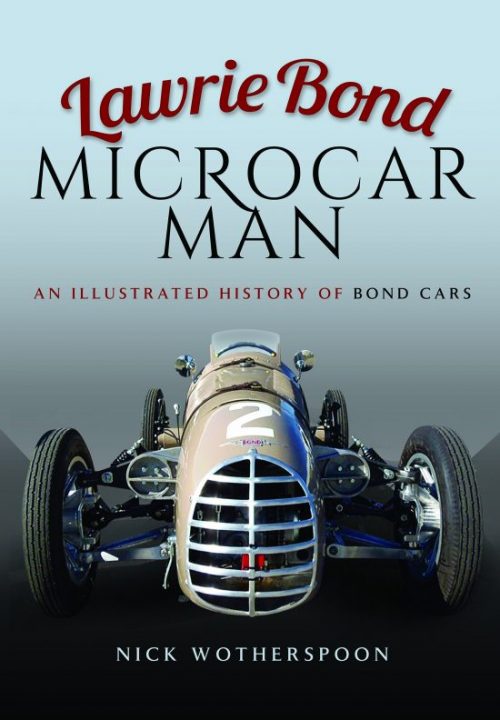

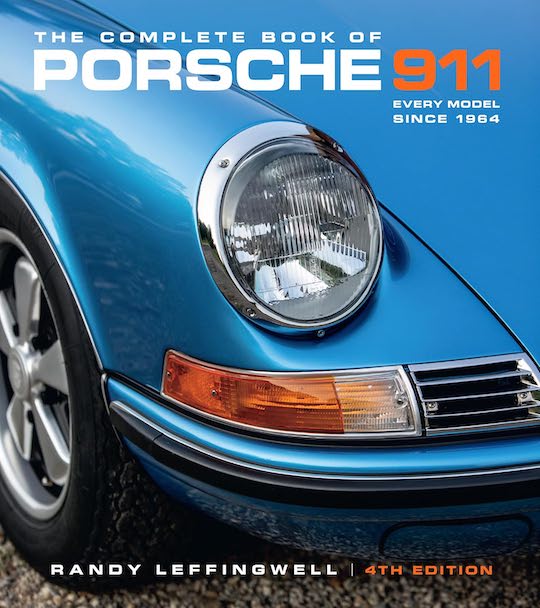
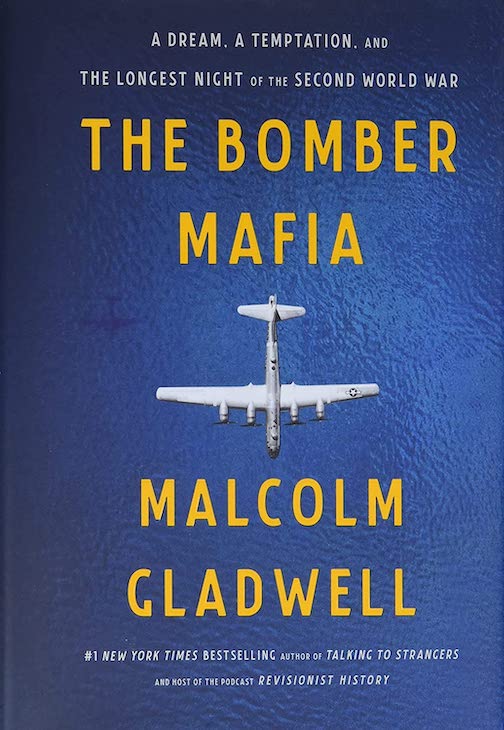
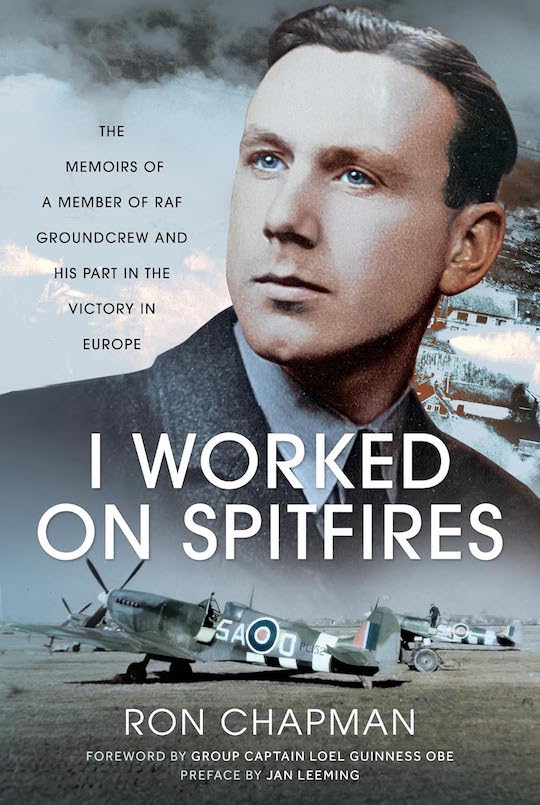

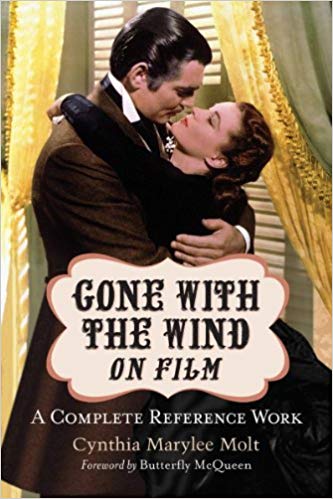
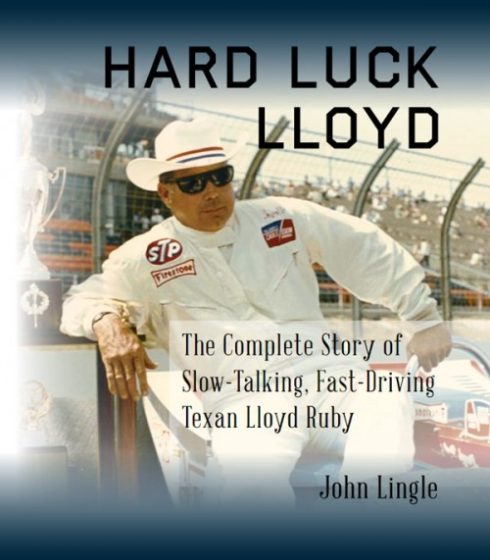

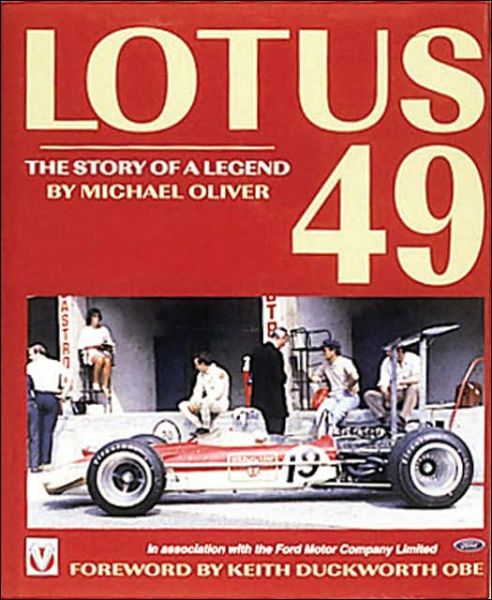

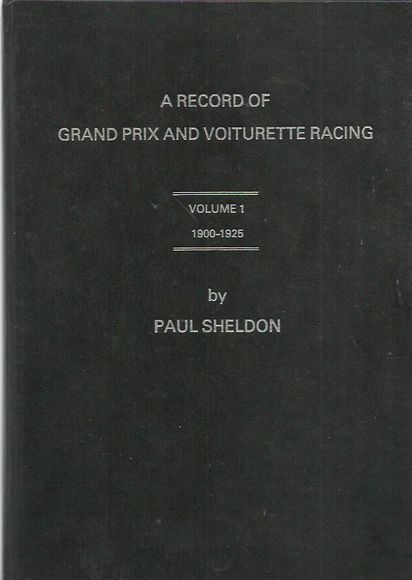
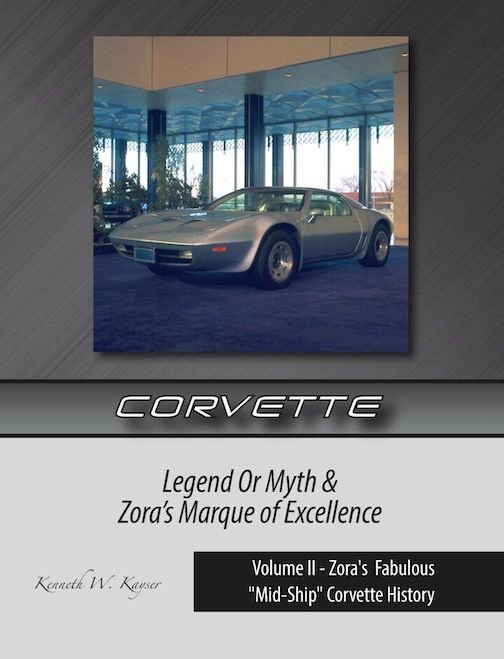
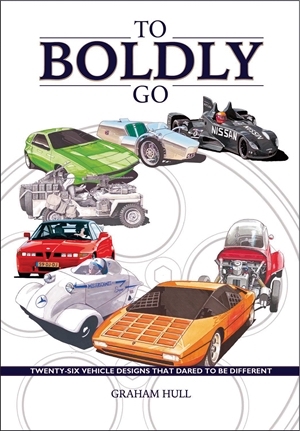
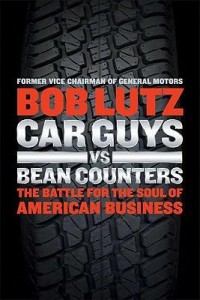
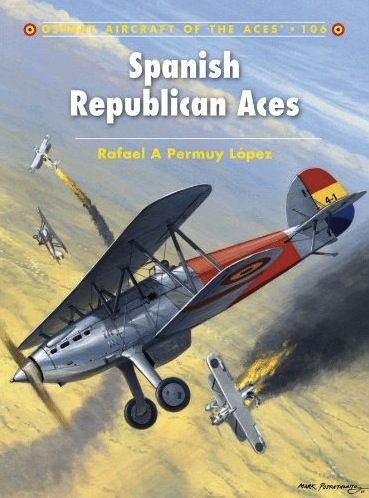
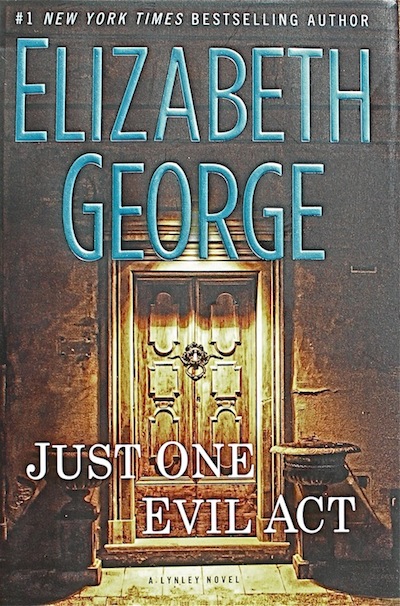
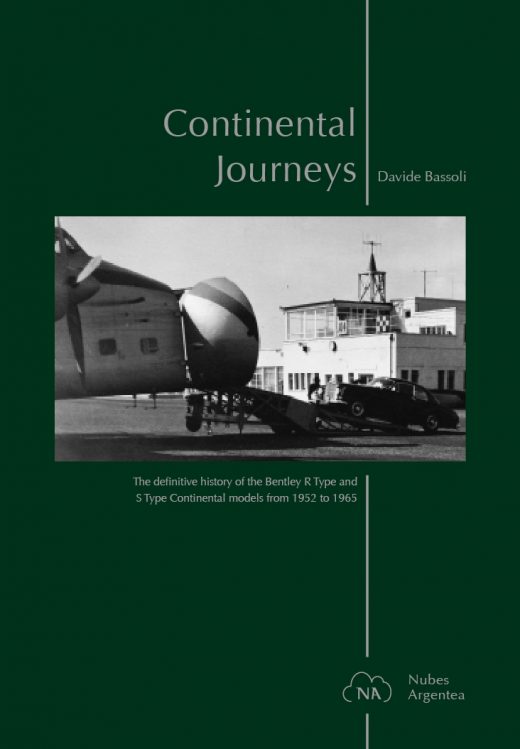

 Phone / Mail / Email
Phone / Mail / Email RSS Feed
RSS Feed Facebook
Facebook Twitter
Twitter